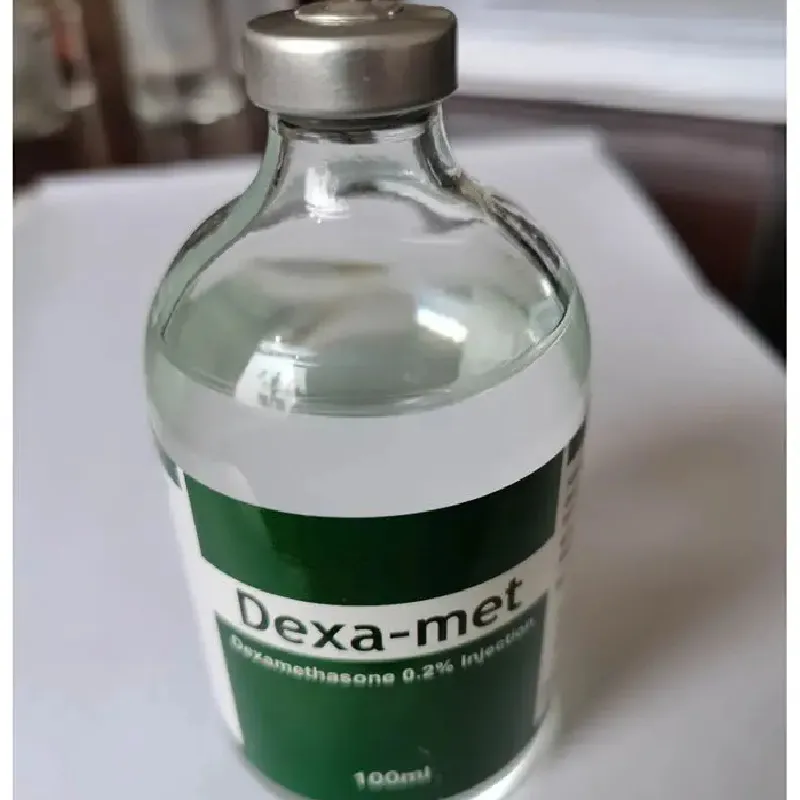- Afrikaans
- Albanian
- Amharic
- Arabic
- Armenian
- Azerbaijani
- Basque
- Belarusian
- Bengali
- Bosnian
- Bulgarian
- Catalan
- Cebuano
- Corsican
- Croatian
- Czech
- Danish
- Dutch
- English
- Esperanto
- Estonian
- Finnish
- French
- Frisian
- Galician
- Georgian
- German
- Greek
- Gujarati
- Haitian Creole
- hausa
- hawaiian
- Hebrew
- Hindi
- Miao
- Hungarian
- Icelandic
- igbo
- Indonesian
- irish
- Italian
- Japanese
- Javanese
- Kannada
- kazakh
- Khmer
- Rwandese
- Korean
- Kurdish
- Kyrgyz
- Lao
- Latin
- Latvian
- Lithuanian
- Luxembourgish
- Macedonian
- Malgashi
- Malay
- Malayalam
- Maltese
- Maori
- Marathi
- Mongolian
- Myanmar
- Nepali
- Norwegian
- Norwegian
- Occitan
- Pashto
- Persian
- Polish
- Portuguese
- Punjabi
- Romanian
- Russian
- Samoan
- Scottish Gaelic
- Serbian
- Sesotho
- Shona
- Sindhi
- Sinhala
- Slovak
- Slovenian
- Somali
- Spanish
- Sundanese
- Swahili
- Swedish
- Tagalog
- Tajik
- Tamil
- Tatar
- Telugu
- Thai
- Turkish
- Turkmen
- Ukrainian
- Urdu
- Uighur
- Uzbek
- Vietnamese
- Welsh
- Bantu
- Yiddish
- Yoruba
- Zulu
9 月 . 09, 2024 01:40 Back to list
lincomycin hydrochloride
Lincomycin Hydrochloride A Comprehensive Overview
Lincomycin hydrochloride is an antibiotic that is derived from the bacterium *Streptomyces lincolnensis*. It has been widely used in clinical settings since its discovery in the early 1960s. As a member of the lincosamide class of antibiotics, lincomycin primarily exhibits activity against gram-positive bacteria and certain anaerobic infections, making it an essential tool in the treatment of various bacterial infections.
The mechanism of action of lincomycin hydrochloride involves inhibiting bacterial protein synthesis. It binds to the 50S subunit of the bacterial ribosome, preventing the formation of peptide bonds and thus hindering the growth and reproduction of bacteria. This makes it particularly effective against pathogens such as *Staphylococcus aureus*, *Streptococcus pneumoniae*, and certain strains of *Clostridium*.
In clinical practice, lincomycin is often prescribed for the treatment of infections in patients who are allergic to penicillin or when those infections are caused by bacteria that are resistant to other antibiotics. Common indications include soft tissue infections, respiratory tract infections, and bone infections. Additionally, its effectiveness against anaerobic bacteria makes it a valuable option in treating deep tissue infections and abscesses.
lincomycin hydrochloride

Lincomycin hydrochloride is typically administered through oral or intravenous routes, depending on the severity of the infection and the patient's condition. The drug's bioavailability is high when taken orally, and it is well-distributed throughout body tissues. However, it is crucial for healthcare professionals to monitor patients for potential side effects, which may include gastrointestinal disturbances, such as diarrhea, nausea, and abdominal pain. More severe reactions, such as allergic reactions and pseudomembranous colitis, can occur in some individuals, necessitating prompt medical attention.
Resistance to lincomycin, although less common than with some other antibiotics, has been documented, primarily through the production of enzymes that modify its action or through alterations in ribosomal targets. This underlines the importance of appropriate antibiotic stewardship practices, including sensitivity testing and the judicious use of lincomycin for confirmed infections.
In summary, lincomycin hydrochloride is a potent antibiotic with a specific role in the treatment of gram-positive bacterial infections. Its efficacy against resistant strains and its alternative status for penicillin-allergic patients make it an integral part of modern antibiotic therapy. However, healthcare providers must remain vigilant in monitoring for side effects and resistance patterns to ensure optimal patient outcomes and to preserve the effectiveness of this valuable medication in the fight against bacterial infections.
-
The Power of Radix Isatidis Extract for Your Health and Wellness
NewsOct.29,2024
-
Neomycin Sulfate Soluble Powder: A Versatile Solution for Pet Health
NewsOct.29,2024
-
Lincomycin Hydrochloride Soluble Powder – The Essential Solution
NewsOct.29,2024
-
Garamycin Gentamicin Sulfate for Effective Infection Control
NewsOct.29,2024
-
Doxycycline Hyclate Soluble Powder: Your Antibiotic Needs
NewsOct.29,2024
-
Tilmicosin Premix: The Ultimate Solution for Poultry Health
NewsOct.29,2024













